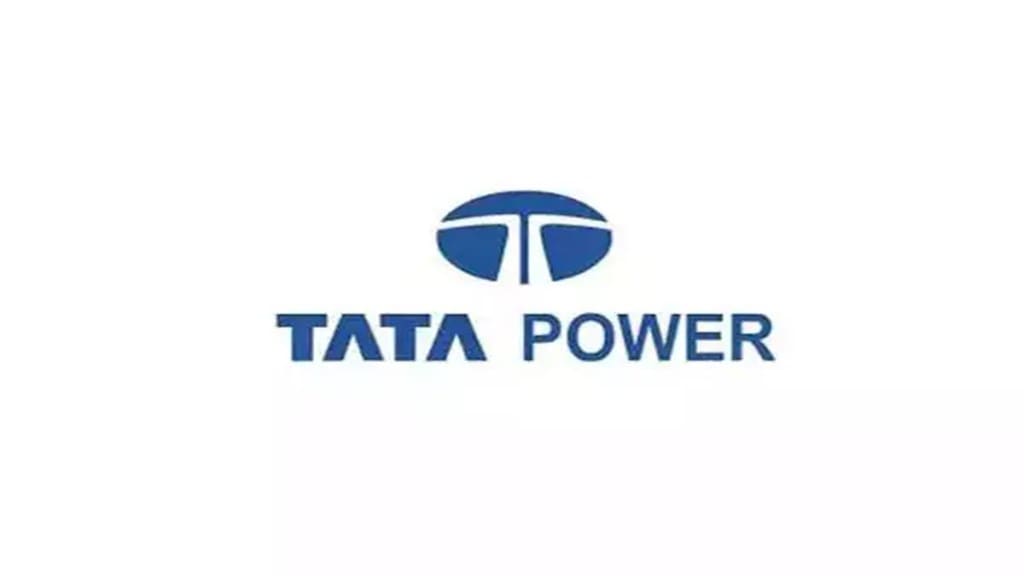Beating the estimates, Tata Power posted a net profit of Rs 1,043 crore in Q4FY25, a 16.5% jump over Rs 895 crore it posted in Q4FY24. Analysts had predicted a net profit of Rs 1,022 crore.
Its revenues were in line with analyst estimates. It posted revenues of Rs 17,096 crore, posting a jump of 7.9% over Rs 15,847 crore in Q4FY24.
The company posted earnings before interest, taxes, depreciation, and amortisation (Ebitda) of Rs 3,246 crore, which was 39.2% higher than what it posted in Q4FY24. Analysts had predicted Ebitda of Rs 3,116 crore.
Higher power sales from all generating plants, ramp up of all module and cell lines in Tirunelveli, significant strides in solar rooftop business across the country contributed significantly to the overall growth, the company said in a press release.
In Q4FY25, the distribution segment recorded a 73% year-on-year (y-o-y) growth in PAT, driven primarily by Odisha Discoms’ strong performance. Odisha Discoms’ profit after tax (PAT) surged 3 times to Rs 275 crore, supported by improved billing and collection efficiencies, along with lower ECL provisions, it said.
The company posted its highest ever annual revenue of Rs 64,502 crore for FY25.
In a media call, Praveer Sinha, MD and CEO, Tata Power, said the company is looking to incur capex of Rs 25,000 crore in FY26, of which nearly 50% will be used for renewable business, 20% will go for generation business, including pumped hydro and the hydro plants and 30% will be used for its transmission and distribution business.
The company had planned a capex of Rs 20,000 crore, but could achieve over Rs 16,000 crore due to delays in transmission and distribution projects, he said. The projects are expected to be closed this year.
On participation in nuclear energy projects, he said the company is awaiting changes in civil liability laws and the private sector participation in nuclear power.
“We are awaiting amendments to the Nuclear Power Act — specifically civil liability and private sector participation. We expect these in the monsoon session. We’re preparing with site evaluations, water arrangements, and technology reviews, but next steps depend on legal clarity,” he said.
The company would continue at look at thermal power opportunities. “The opportunities should be good and must align with our long term objective.
“For the first time, we surpassed 1 GW in renewable capacity additions within a single year and are now targeting 2 GW in FY26,” Sinha added.
In FY25, Tata Power commissioned over 2.5 GW of renewable capacity, comprising 1 GW of in-house utility-scale projects, 600 MW of rooftop solar (~782 MWp), and 900 MW for third-party customers.
The company has nearly 3 GW capacity under development in Karnataka and Maharashtra. It has secured over 6,800 MW of grid connectivity and has acquired more than 30,000 acres of land for setting up the ongoing 5.4 MW of projects in pipeline.
“To meet the FY26 all-India expected peak demand of 277 GW, all our renewable and thermal generation plants continue to operate at optimal capacity to ensure the most cost-effective and reliable power supply,” he said.


